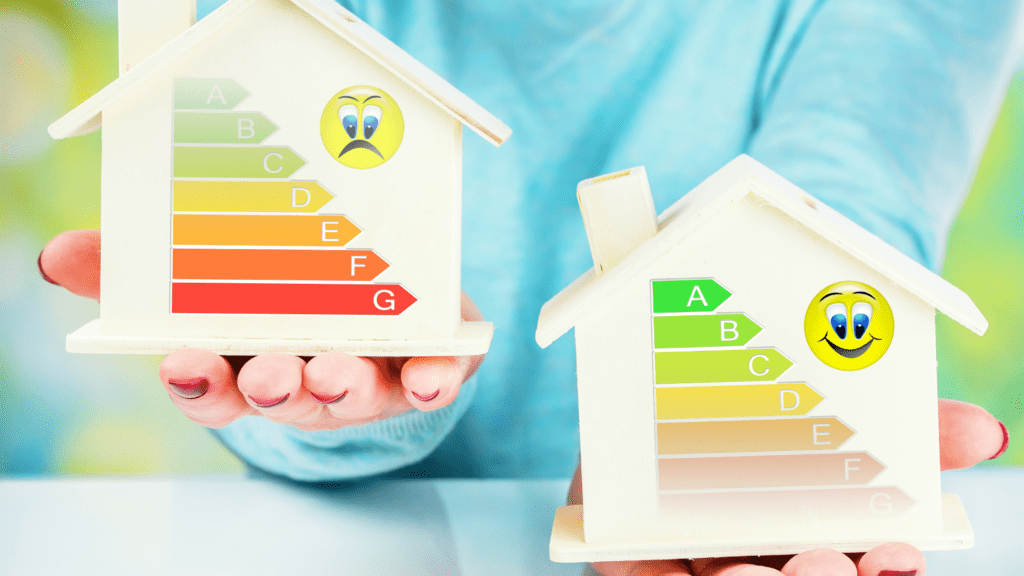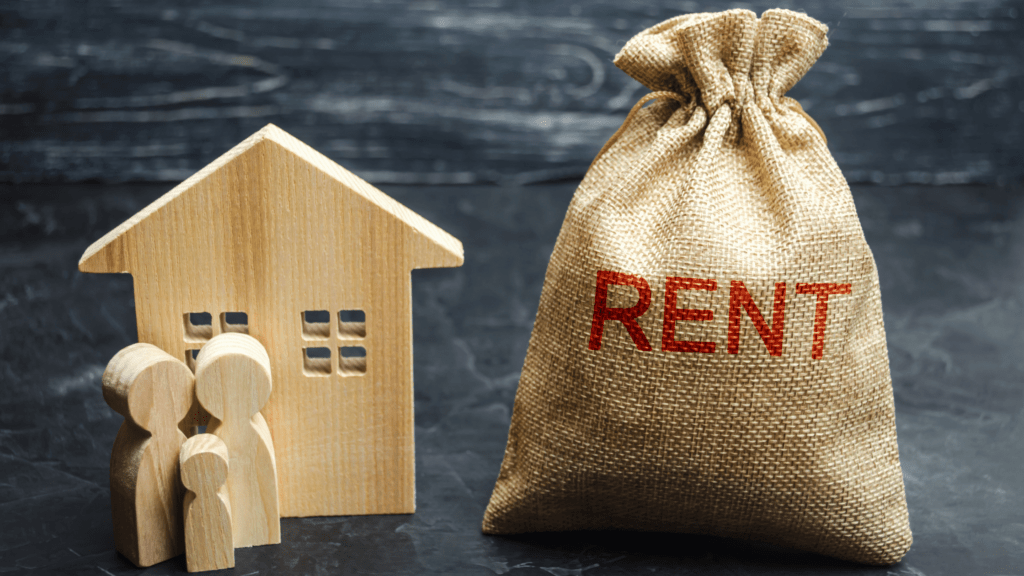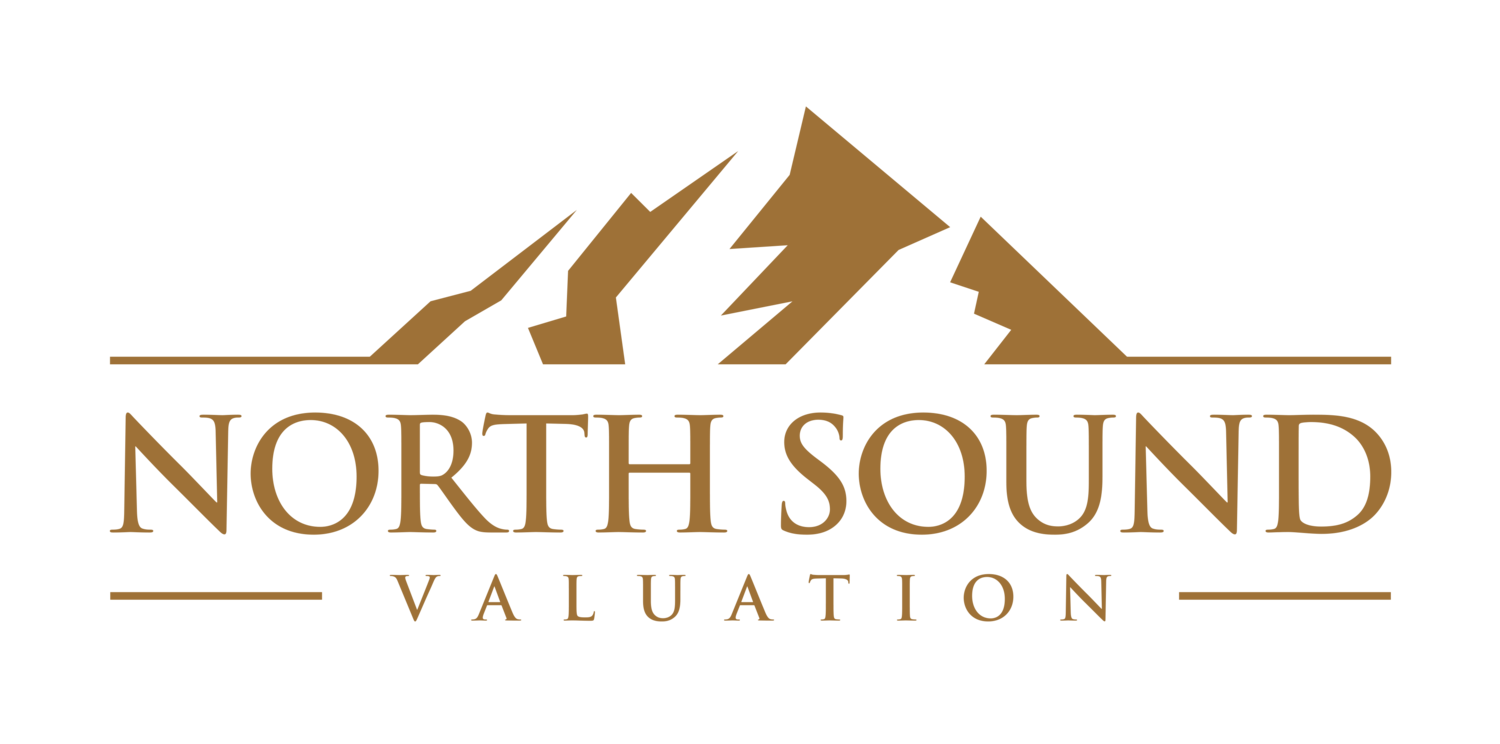
Introduction:
When it comes to assessing the value of a property, real estate professionals and appraisers employ various methods that act as keys to unlock its true worth. These methods serve as guiding lights in the complex world of property valuation, helping both buyers and sellers make informed decisions. In this article, we’ll take a closer look at five widely used approaches that shed light on the intricacies of property valuation. So, fasten your seatbelts as we embark on this enlightening journey!
Method 1: Sales Comparison Approach – Peering Through the Neighborhood Window

Imagine you’re on the hunt for a new home. You look around the neighborhood, comparing different houses, their sizes, amenities, and locations. That’s precisely what the Sales Comparison Approach does! It’s like peering through the window of the neighborhood, analyzing recently sold properties that closely resemble the subject property. By making adjustments for differences, we can estimate the value of the property based on recent sales. It’s like finding the perfect home amidst a sea of options.
Method 2: Income Capitalization Approach – Unraveling the Money-Making Potential

Now, let’s shift our focus to commercial and rental properties. Picture a bustling shopping center or an apartment complex generating a steady stream of income. The Income Capitalization Approach seeks to unravel the money-making potential of such properties. By estimating the net operating income (NOI) a property can generate, and applying a capitalization rate that reflects investors’ desired returns, we can determine its value. It’s like tapping into the wealth-generating abilities of real estate.
Method 3: Cost Approach – Building Blocks of Value

Imagine constructing a house from scratch. You’d need materials, labor, and, of course, a plot of land. The Cost Approach values a property by considering the cost to replace it with a similar one. It’s like building the property’s value block by block. This method takes into account factors such as land cost, construction expenses, and depreciation. It’s particularly useful for unique or specialized properties, just like every custom-built masterpiece.
Method 4: Residual Land Value Method – Paving the Path to Profit

Let’s venture into the world of land and development properties. The Residual Land Value Method plays a crucial role in assessing their worth. It involves estimating the value of the land by subtracting the total development costs from the expected sales revenue of the completed project. It’s like paving the path to profitability, enabling developers to determine whether their ventures are financially viable. It’s all about finding the golden opportunity hidden within the raw land.
Method 5: Gross Rent Multiplier (GRM) Method – Unveiling Rental Property Gems

Ever wondered how rental properties are valued? Enter the Gross Rent Multiplier (GRM) Method. Picture a cozy residential property generating steady rental income. This approach multiplies the property’s gross annual rental income by a multiplier derived from comparable property sales. It’s like uncovering hidden gemstones within the rental market. While it provides a quick estimate, it’s important to remember that it may not capture all the factors influencing the property’s value.
Conclusion:

Property valuation is a captivating journey, where different methods serve as guiding stars. From the Sales Comparison Approach to the Gross Rent Multiplier Method, each approach provides a unique perspective on property worth. Whether you’re buying, selling, or simply curious about real estate values, understanding these methods can empower you to make informed decisions and navigate the intricate world of property valuation.
FAQs (Frequently Asked Questions):
What method is best for valuing residential properties?
The Sales Comparison Approach, which compares the subject property to recently sold properties in the same area, is commonly used for valuing residential properties.
Which method is suitable for commercial properties?
The Income Capitalization Approach is widely used for valuing commercial properties, as it focuses on the property’s income potential.
When is the Cost Approach most applicable?
The Cost Approach is often employed for unique or specialized properties, such as government buildings or schools, where it’s challenging to find comparable sales data.
How does the Residual Land Value Method benefit developers?
The Residual Land Value Method helps developers determine the value of the land by subtracting development costs from expected sales revenue, guiding them in assessing project feasibility and potential profits.
What does the GRM Method reveal about rental properties?
The Gross Rent Multiplier (GRM) Method provides a quick estimate of value for income-producing residential properties, such as rental houses or small apartment buildings, by considering the gross annual rental income and comparable property sales in the area.

